ReNu Wellness: Revolutionising Wellness and Longevity in Dundee
The world of aesthetics and wellness is evolving, and I couldn’t be more excited to introduce ReNu Wellness, opening in April 2025
Welcome to Renu Skin Clinic in Dundee, where we specialise in providing precise and effective solutions for managing and alleviating rosacea symptoms. Our experienced team is dedicated to delivering personalised care using the latest techniques and advanced technology, ensuring you receive the highest standard of treatment tailored to your specific needs. Let us help you achieve clearer, healthier skin and regain your confidence.
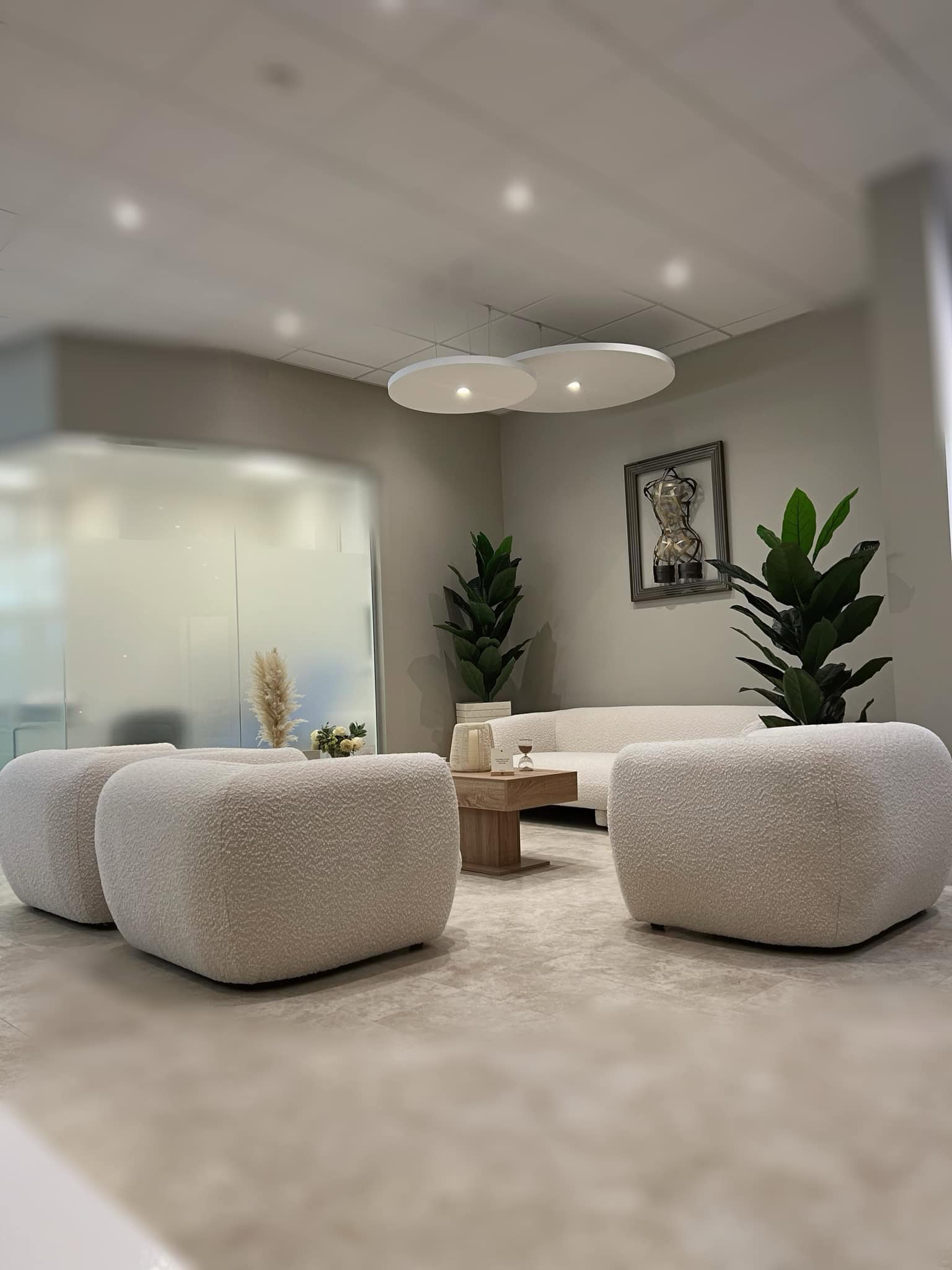
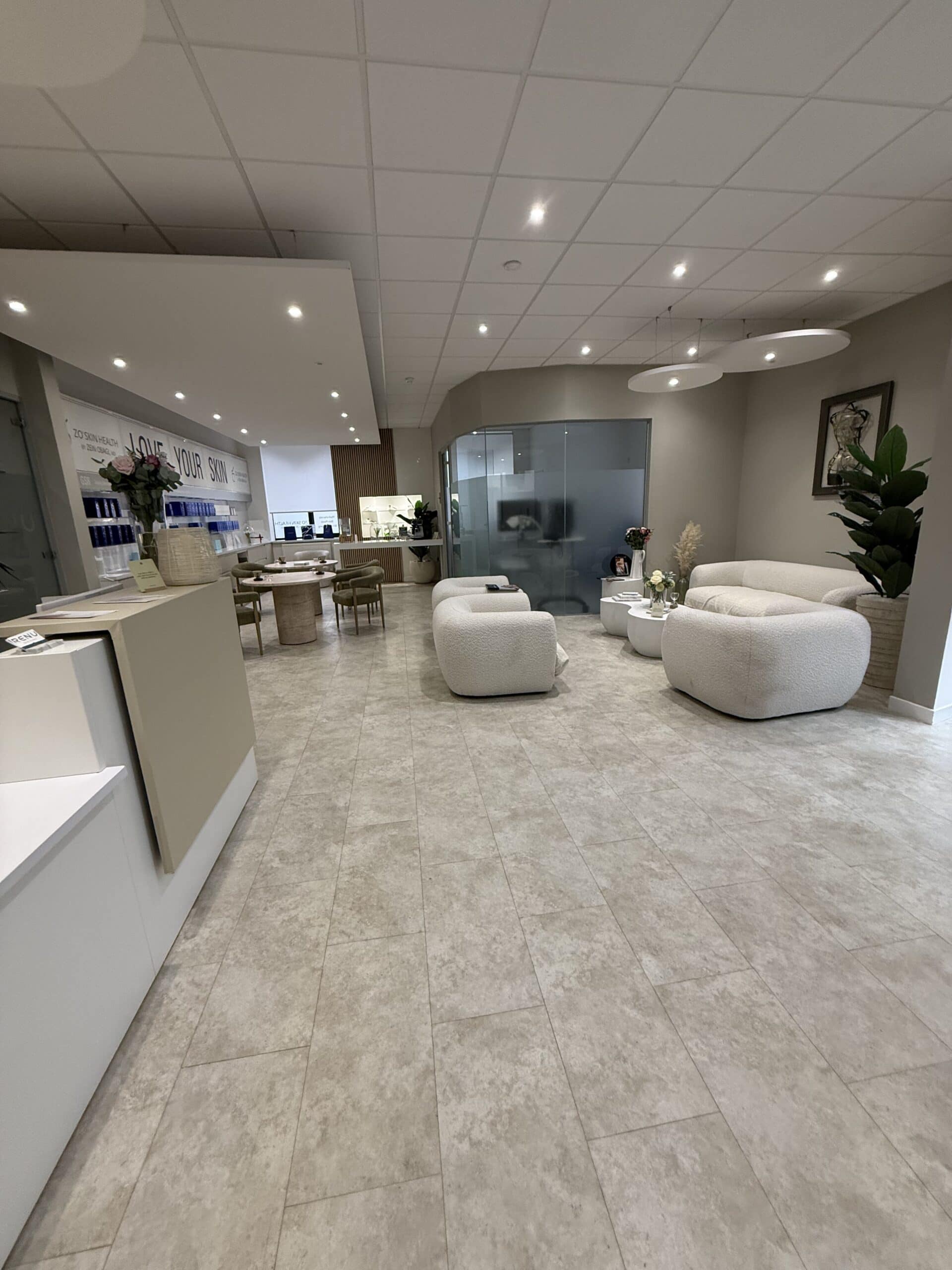

Our treatments effectively target and diminish redness and flushing associated with rosacea, providing a more even skin tone.

By addressing the inflammatory aspects of rosacea, our treatments reduce the appearance of bumps and pimples, leading to smoother skin.

Rosacea treatments enhance overall skin texture, making it feel more comfortable and less irritated.

Achieving clearer, more balanced skin can significantly boost your self-esteem and improve your overall quality of life.
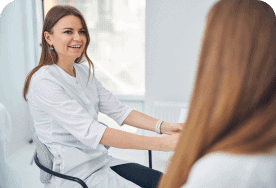
Begin by scheduling a consultation with our skincare experts. This allows us to understand your unique concerns and goals.
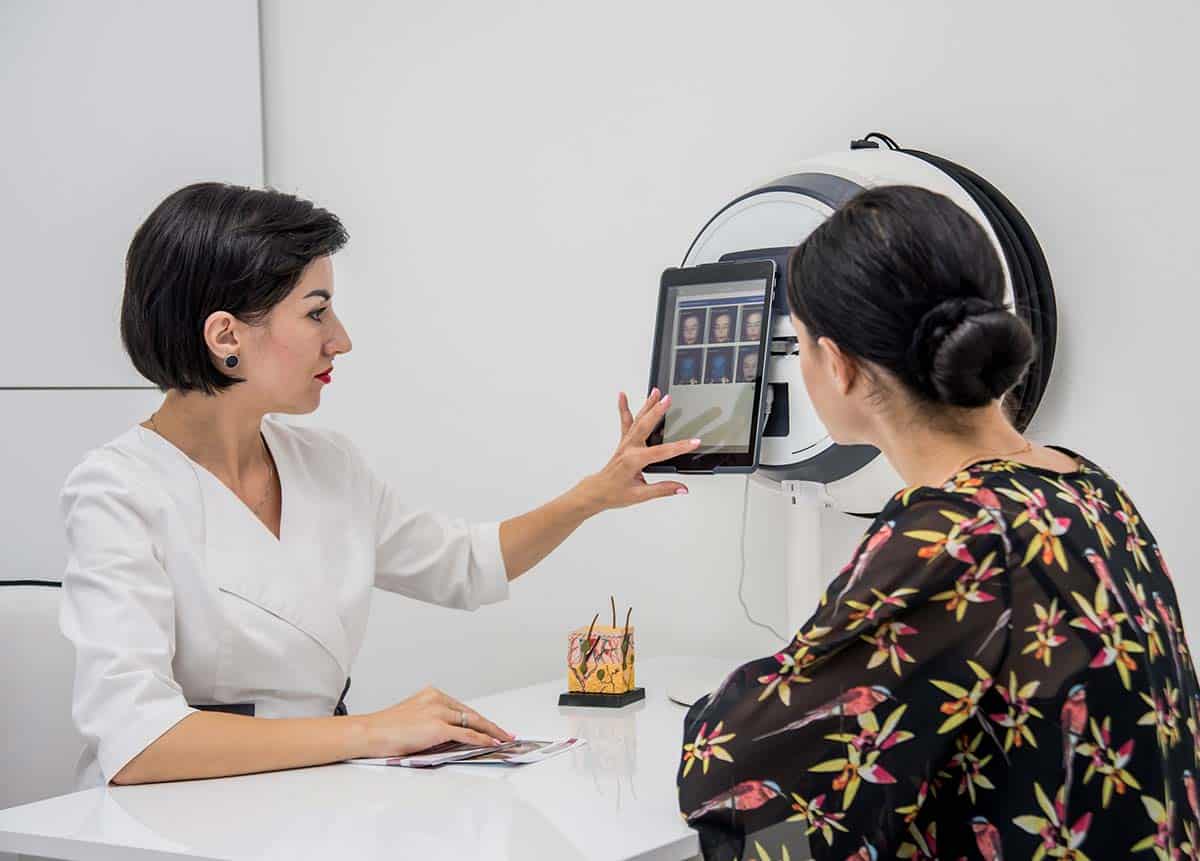
During your visit, we use advanced VISIA skin analysis and FotoFinder technology to take detailed pre-treatment photos of your skin. This helps us accurately assess the extent and nature of your rosacea.
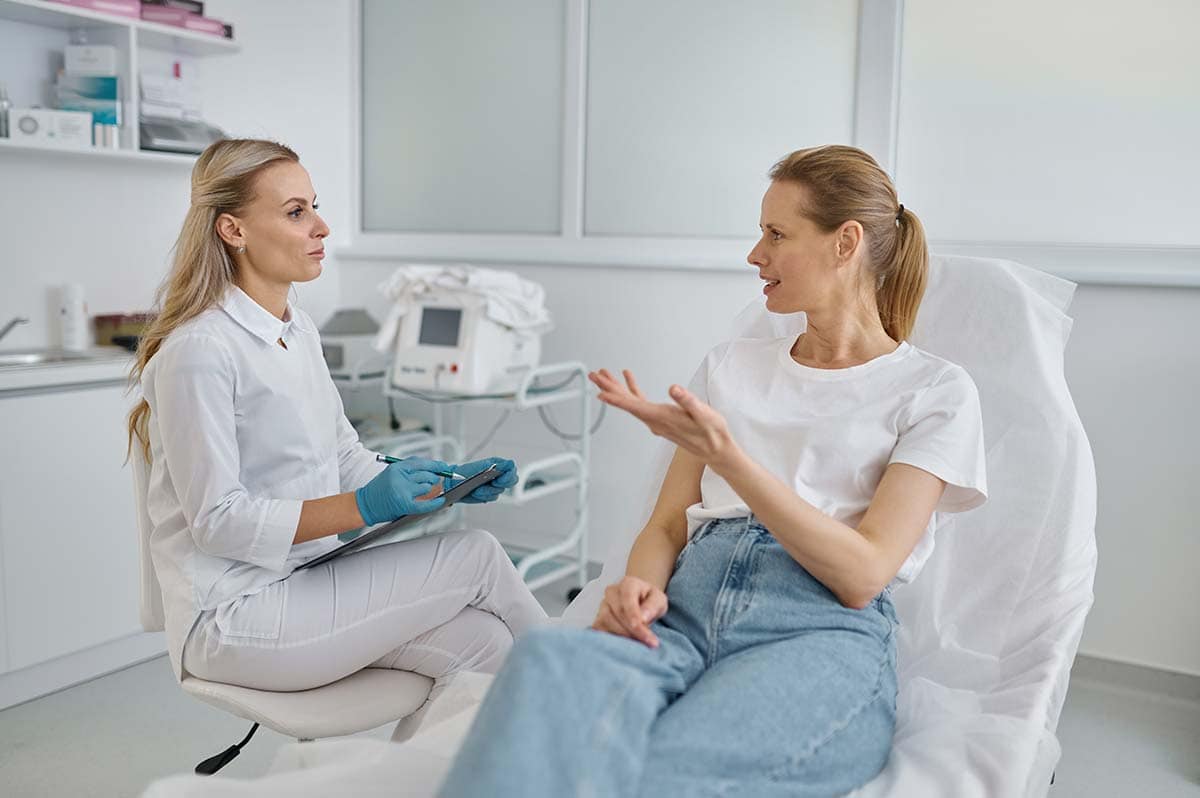
We review your photos and discuss your concerns in depth, taking a detailed medical history to ensure we understand all factors affecting your skin.
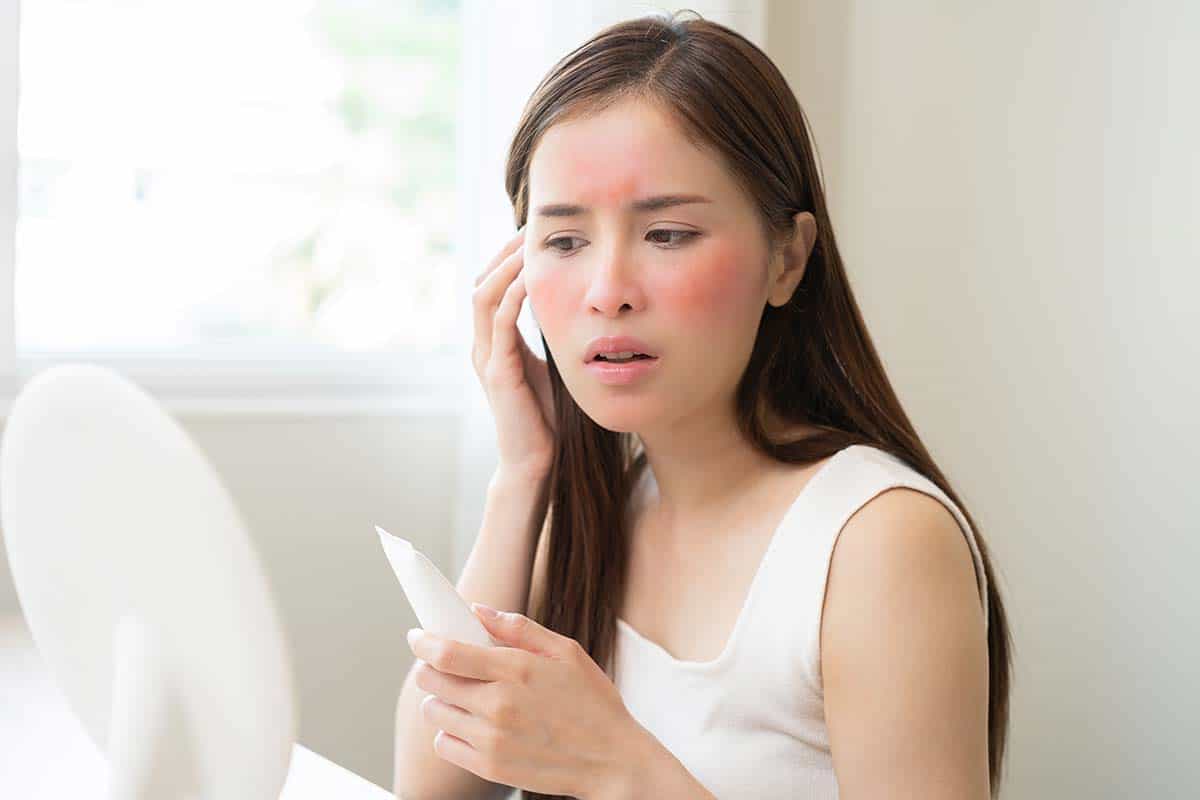
Based on our analysis and discussion, we develop a personalised treatment programme tailored to your specific needs. This may include prescription medication, topical treatments, or other targeted therapies.
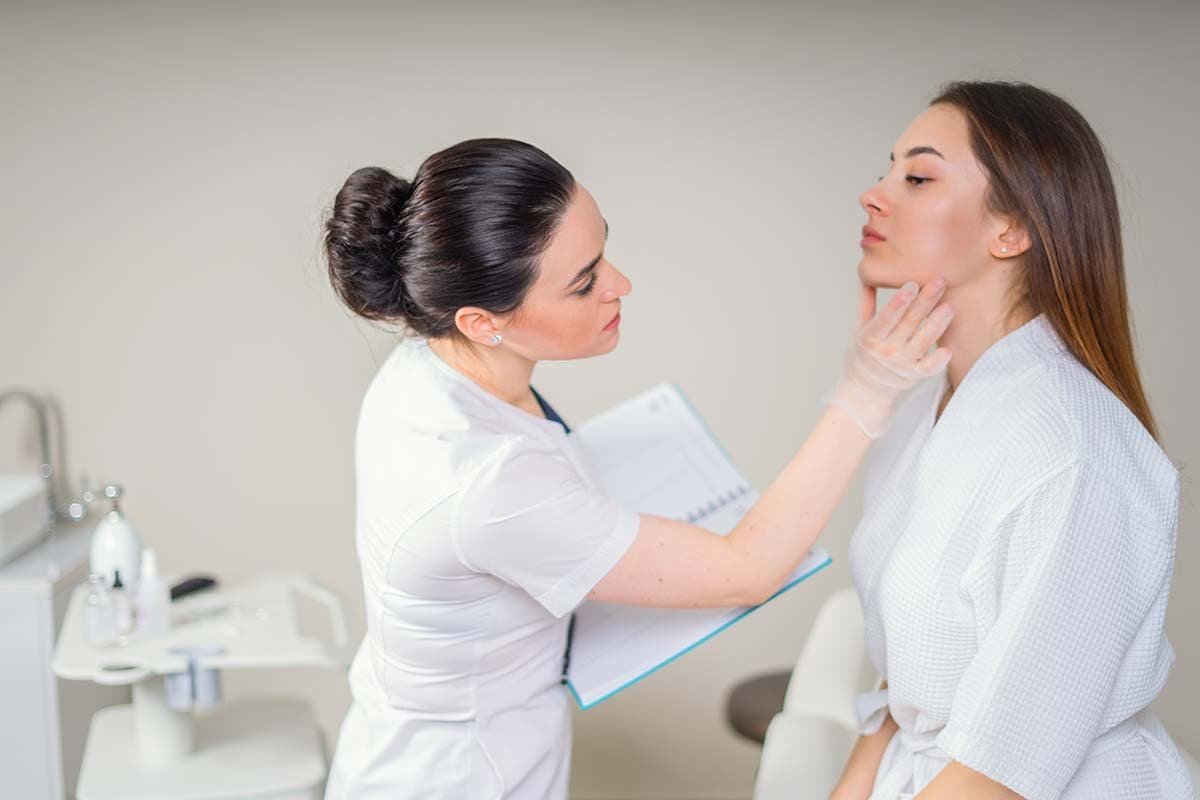
We will email you a comprehensive proposal outlining your tailored treatment programme, ensuring you have all the information needed to proceed with confidence.
Treatments Delivered
The exact cause of rosacea isn’t fully understood, but it’s thought to be a mix of genetic and environmental factors. Common triggers include sun exposure, extreme temperatures, spicy foods, alcohol, stress, and certain skincare products.
While there’s no cure for rosacea, it can be effectively managed with proper treatment and lifestyle changes. Our treatments focus on controlling and reducing symptoms to help you maintain clearer skin.
The time to see results varies depending on the severity of your rosacea and the treatment method. Some patients notice improvements in a few weeks, while others may need several months for optimal results.
Avoiding known triggers, using appropriate skincare products, protecting your skin from the sun, and leading a healthy lifestyle can all help manage rosacea. We offer personalised advice to help you make the best lifestyle adjustments alongside your treatment.
The cost depends on the treatment type and how many sessions are needed. Our in-clinic treatments to reduce rosacea may be a combination of dermalux LED photo therapy from £35 per session. Prescription medications are provided privately, with detailed costs available from our pharmacy partners, including specialist compounding pharmacies for specific prescriptions.
Treatments can include topical medications, oral antibiotics, LED therapy, and lifestyle changes. Our medical team with dermatology experience will recommend and prescribe the best approach for your individual condition and needs.
Side effects are generally minimal, though some patients may experience temporary redness, dryness, or irritation. Our team will guide you on what to expect and how to manage any side effects that arise.

Join our exclusive newsletter for expert skincare tips, special offers, and early access to our latest treatments.
By subscribing you agree to with our Privacy Policy and provide consent to receive updates from our company.

Explore the full spectrum of our treatments with a consultation. Whether you’re interested in enhancing your natural beauty, exploring dermatological solutions like mole removal, or trying advanced aesthetic treatments like dermal fillers, our experts are here to guide you.